Pros and Cons of Using QR Codes to Market Your App

Pros and Cons of Using QR Codes to Market Your App
Looking for a new way to market your app? Learn the pros and cons of using QR codes for mobile app marketing.
Not too long ago, everyone was discussing the importance of online marketing and how your business will lose out if it doesn’t have a strong online presence. But now, things have changed.
Almost everyone owns a smartphone, and the focus of marketing has shifted to this device too.
Enter QR codes.
What are QR codes? How do they work?
A Quick-Response code, or QR code for short, is a two-dimensional barcode that can be scanned and read by an app on your smartphone. When you scan a QR code, information is transferred directly to your device.
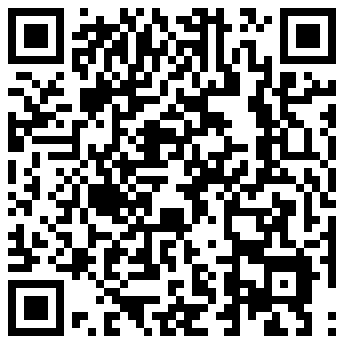
Marketers use these codes to send mobile traffic to websites, social media pages, and videos or to market a mobile app.
But is using QR codes for mobile app marketing a good idea?
It’s a popular debate.
Some marketers swear by QR codes, but others are skeptical about the effectiveness of QR codes and would rather spend their efforts elsewhere.
So, should you be using QR codes to market your app? Why or why not?
This article will help you understand the advantages and disadvantages of using QR codes as part of your app marketing strategy.
We will cover:
- The benefits of using QR codes
- The potential drawbacks of QR codes
- Best practices for working with QR codes
The Benefits of Using QR Codes
There are 4 benefits of using QR codes to market your mobile app. QR codes are:
- Easily trackable
- Can be placed anywhere
- Have multiple uses
- Appeal to curiosity
Easily Trackable
Each QR code is unique, which means it is easy to track.
If your QR code is available to customers in multiple places, you can see which location attracts the most traffic.
The data shows where your audience is most likely to interact with QR codes, making it easy to tweak your marketing efforts.
Placement Opportunities Are Endless
QR codes can be printed on paper or displayed digitally, which means you can put them anywhere.
If you own a restaurant and recently launched an app, add a QR code on the menu. If you have a clothing brand with an app, showcase your code outside the store.
For example, McDonald's used a QR code on a brochure to encourage customers to download the app.
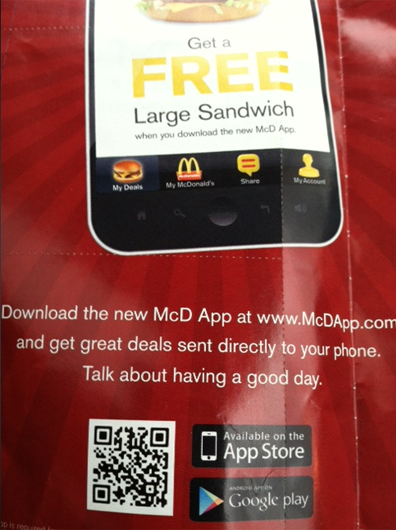
McDonald’s gives customers two ways to access its app:
- Visit www.McDApp.com
- Scan the QR code with your smartphone
You can also incorporate a QR code in online advertisements to make them more interactive.
Multiple Creative Use Cases
You can get creative with QR codes because they have many different applications.
Social apps like WhatsApp and Snapchat have great examples of creative QR codes.
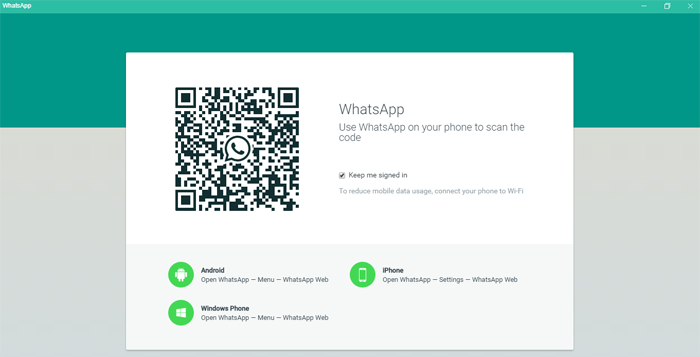
Users can add friends, navigate to profiles, or ‘sync’ with WhatsApp Web by quickly scanning a code with their phone.
Appeal to Curiosity
QR codes are mysterious: You can’t see what you’ll get until you scan the code. Mobile app marketers can use this mystery to appeal to people’s curiosity and build excitement.
The key is to make your QR code attractive. Why should someone scan your code? What benefits will they get?
For example, if you own a food or recipe app, you can place a QR code next to a delicious-looking dish and entice people to scan for the full recipe.
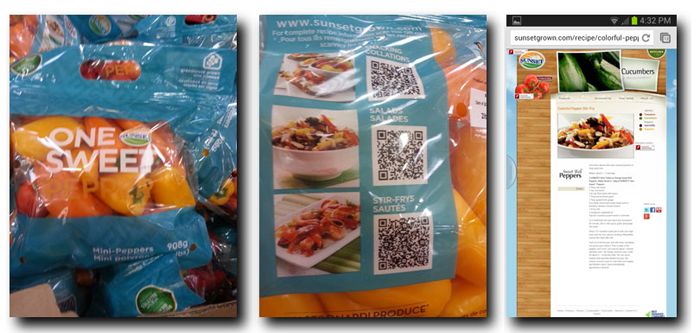
Sunset produce includes QR codes on its bags of produce. The codes lead to online recipes that feature the produce as the main ingredient.
The Drawbacks of Using QR Codes
Do QR codes work? Not always.
Let’s look at 3 disadvantages of using QR codes to market your mobile app:
- Not accessible to everyone
- Scanning can be inconvenient
- Curiosity is not limitless
Not Accessible to Everyone
You can’t assume that everyone can access your QR code. What if someone doesn’t have a smartphone? And even if they do, what if they don’t have a QR code reader installed?
Marketers forget that there is a very small number of people who are aware of QR codes and how to use them.
You need to consider all these factors before deciding to use QR codes for your app.
Scanning Can Be Inconvenient
Scanning a QR code is not as easy or intuitive as reading a flyer or an online ad.
Users need to get out their phones, open their QR code reader app, and scan the code in front of them. The entire process can be long and frustrating.
Sometimes, it can even be dangerous. Here's an example of where not to put your QR codes.
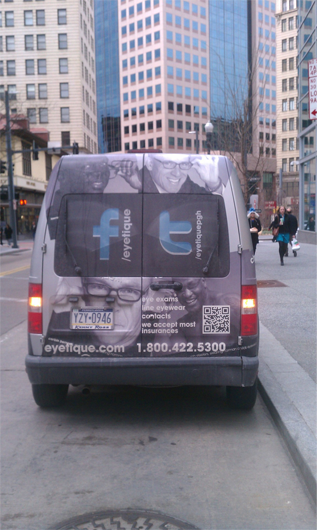
A QR code on the back of a car encourages drivers to pull out their phones while driving or ignore your code completely.
Curiosity Wears Off
Because QR codes are relatively new, the curiosity that encourages people to pull out their phones and scan a code may wear off.
Moreover, excessive use of these codes can drive people away, since they might start associating them with spam.
Best Practices for Working With QR Codes
Here are some best practices to keep in mind before you dive into the world of QR codes:
- Have a reason for creating a QR code
- Place them smartly
- Get creative
Have a Good Reason Behind Your QR Code
You need to know why you’re using a QR code to market your app. Jot down clear objectives and understand why you’re committing time and effort to QR code marketing.
Additionally, consider your QR code from the customer’s perspective. What is your QR code offering? Is it worth it? Does it add value to the customer experience?
Place QR Codes Smartly
While it’s a benefit that you can place QR codes anywhere you want, consider the process required to access a code before being playful and positioning it, say, high in a tree.
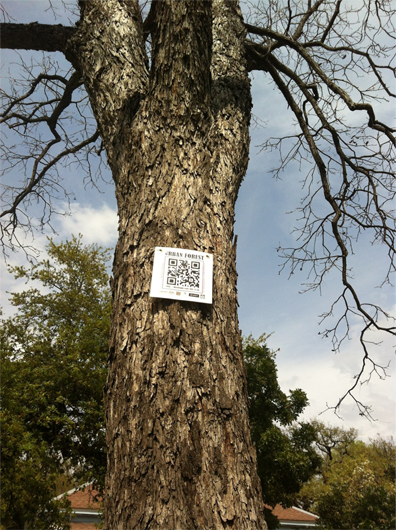
Place your QR code where it makes sense. Remember, you want people to scan your code, so you have to make it as easy for them as possible.
Get Creative With Your Codes
If you want your app to stand out, you need to be creative. Don’t just link your QR code to a download page. Come up with ideas to engage your users, and make them want to use your app more.
For example, Spotify created its own version of QR codes: Spotify codes.
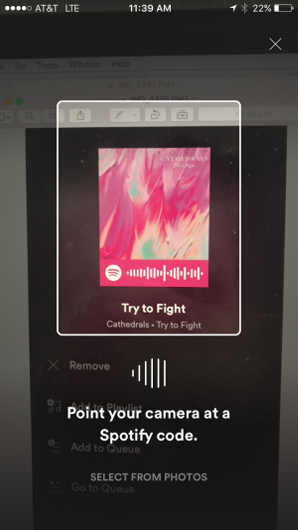
Users can scan these Spotify codes and access different playlists and songs.
Mobile App Marketing With QR Codes Has Pros and Cons
QR codes have multiple benefits for mobile app marketing. The only catch is you have to do it right.
Using codes without a proper strategy, or placing them in inconvenient locations may not only fail to bring you results but also drive potential customers away. Remember to be creative and smart.
